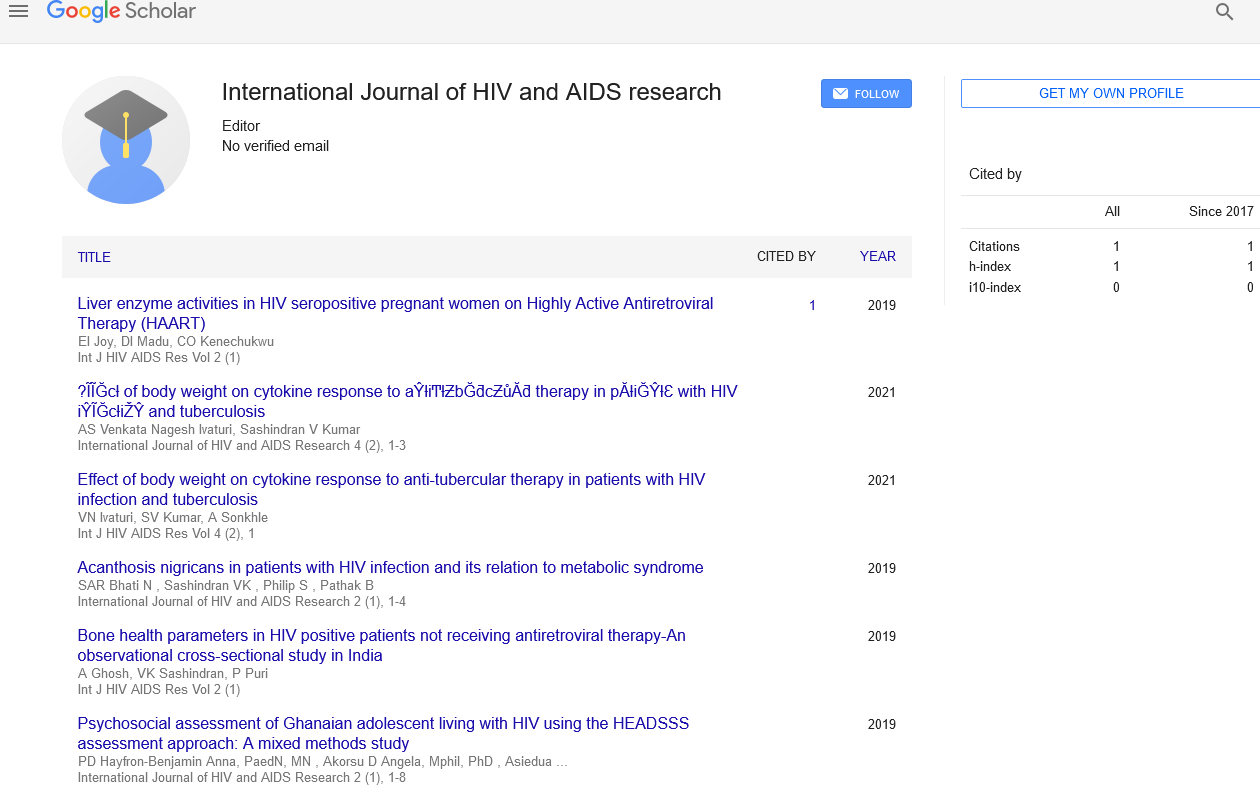Food-Related Reactions can Result in a Wide Variety of Indications and symptoms in Any Physiological System
Received: 02-Mar-2022, Manuscript No. PULAFSJ-22-4531; Editor assigned: 15-Mar-2022, Pre QC No. PULAFSJ-22-4531 (PQ); Reviewed: 31-Mar-2022 QC No. PULAFSJ-22-4531(Q); Revised: 02-Apr-2022, Manuscript No. PULAFSJ-22-4531 (R); Published: 12-Apr-2022, DOI: 10.37532/pulafsj.22.6(2).015-16
This open-access article is distributed under the terms of the Creative Commons Attribution Non-Commercial License (CC BY-NC) (http://creativecommons.org/licenses/by-nc/4.0/), which permits reuse, distribution and reproduction of the article, provided that the original work is properly cited and the reuse is restricted to noncommercial purposes. For commercial reuse, contact reprints@pulsus.com
Abstract
Dietary allergy is described as an immune reaction to a food protein. Food-related reactions can cause a wide range of signs and symptoms , including the skin, gastrointestinal and respiratory tracts, and cardiovascular system. Food allergy caused by immunoglobulin E (IgE) is a leading cause of anaphylaxis; consequently, referral to an allergist for quick and proper diagnosis and treatment is critical. A thorough history is taken, as well as diagnostic testing such as skin prick tests, serum-specific IgE, and, if necessary, an oral meal challenge. Once a food allergy diagnosis is confirmed, the offending food allergen must normally be eliminated from the diet; however, in the case of cow's milk and egg allergy, many allergic children can eat these items in baked form. This article gives an overview of IgE-mediated food allergy prevalence, pathogenesis, diagnosis, and therapy.
Introduction
Food allergy is an inappropriate reaction to a food that is Finduced by immunoglobulin E (IgE) antibodies. Egg, cow's milk, peanuts, tree nuts, soy, and wheat are the foods that cause the most allergic responses in children. This list contains fish and shellfish, as well as peanuts and tree nuts, for adults. Allergic reactions can be fatal when they cause respiratory and or circulatory distress; however, the majority of reactions are mild. Because there is currently no FDA-approved medication, avoidance of relevant foods and access to epinephrine are advised. Fortunately, various viable treatments are being researched. There are numerous reviews for food allergies and intolerance, and this one focuses on several of the more common IgE-mediated food allergies in children and adults.
Food allergies impact children, adolescents, and adults, each with its own set of foods and a unique natural history. Regardless of these distinctions, therapy of food allergy at any age consists of rigorous avoidance of the food allergen and medication treatment of accidental exposures. Novel approaches to food allergy treatment may reduce the likelihood of allergic reactions, with the ultimate goal of allowing avoided foods to be fully reintroduced into the diet.
Meal allergy is an immune system reaction that develops shortly after consuming a specific food. Even a trace amount of the allergycausing food might cause symptoms such as stomach issues, rashes, or inflamed airways. A food allergy can induce severe symptoms or even a life-threatening reaction known as anaphylaxis in certain people. Food allergies affect an estimated 8% of children under theage of 5 and up to 4% of adults.While there is no cure for food allergies, some children outgrow them as they grow older. It's easy to confuse a food allergy with food intolerance, which is a considerably more common reaction. Food intolerance, while annoying, is a less dangerous condition that does not affect the immune system. An allergic reaction to a specific meal may be uncomfortable but not life-threatening for some people. An allergic food reaction can be distressing and even lifethreatening for others. Meal allergy symptoms typically appear between minutes to two hours of ingesting the offending food. Symptoms may be delayed for many hours in rare cases.
Food allergy caused by IgE is a leading cause of anaphylaxis, a severe, potentially fatal allergic reaction that presents to emergency departments. According to a recent survey of over 5700 Canadian households (15,022 people), the prevalence of food allergy in Canada is 7.5 percent. Food allergies are responsible for roughly 200 deaths in the United States each year. A analysis of anaphylaxis deaths in Ontario, Canada, between 1986 and 2011, attributed 48 percent of these deaths to food allergy. When the time periods 1986–1998 and 1999–2011 were compared, fatalities from food allergies decreased from 28 to 12 cases, but fatalities from drugs and unknown reasons increased (from 6 to 10 and from 1 to 5, respectively).
Food allergies have a complicated prognosis that is based on the specific food. Although most newborns and early children overcome allergies to CM, egg, soy, and wheat, there is evidence that a growing percentage of children may not outgrow CM and egg allergies until their adolescence. Children should be checked by their allergist on a frequent basis to see if clinical tolerance has developed. Most allergies to peanuts, tree nuts, fish, and shellfish are permanent.
Food allergy caused by IgE is a significant clinical concern with a rising frequency. An allergist's evaluation is required for proper diagnosis and therapy. A detailed history and diagnostic tests, such as SPT, food-specific serum IgE testing (where appropriate), and, if required, OFCs, are used to make a diagnosis. The mainstay of treatment is avoidance of the implicated food(s) and prompt delivery of epinephrine for allergic responses. Current therapeutic research is centred on food desensitisation. Further research into the pathophysiology of food allergy and anaphylaxis will lead to the development of better approaches for prevention, diagnosis, and management.





